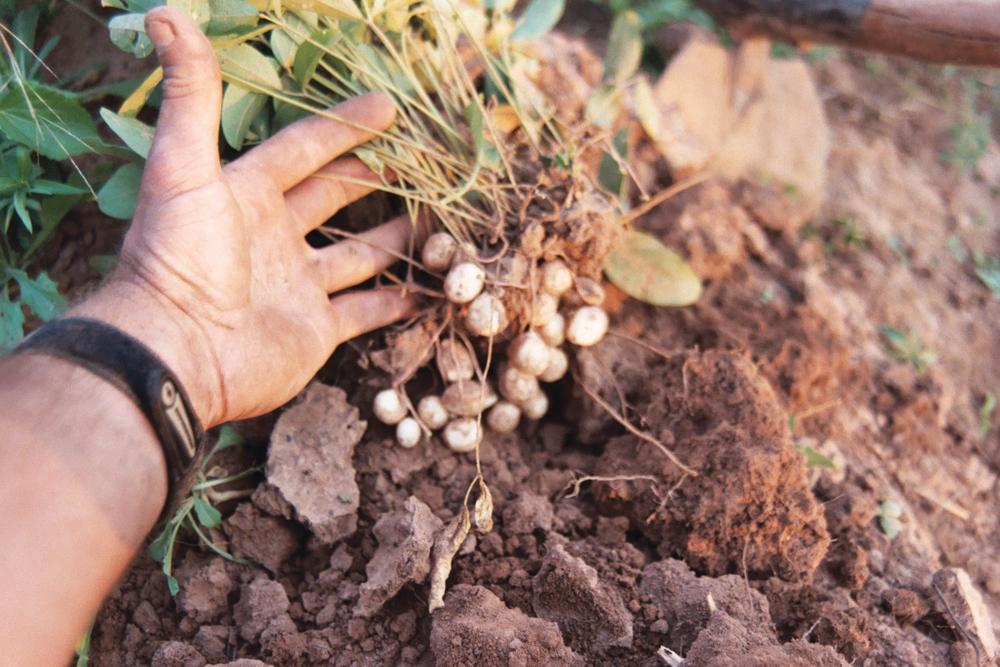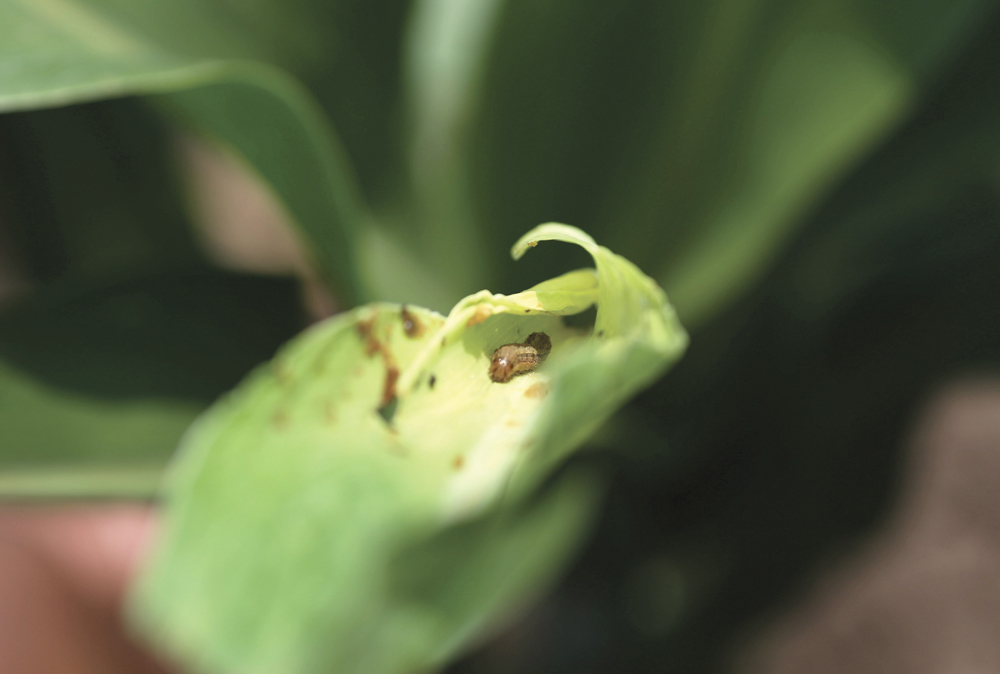While the world continues to debate the potential for Golden Rice genetically modified to contain higher vitamin A, Purdue University researchers have found a way to boost vitamin A in corn using traditional plant-breeding methods.
Researchers say they have identified a set of genes that can be used to naturally boost the provitamin A content of corn kernels, a finding that could help combat vitamin A deficiency in developing countries and macular degeneration in the elderly.
“This study gives us the genetic blueprint to quickly and cost effectively convert white or yellow corn to orange corn that is rich in carotenoids — and we can do so using natural plant-breeding methods, not transgenics,” said Torbert Rocheford, the Patterson Endowed Chair of Translational Genomics for Crop Improvement.
Read Also

Texas wildfires destroy grain and cattle
Chicago | Reuters – Wildfires in the Texas Panhandle destroyed grain in storage bins and likely killed tens of thousands…
Vitamin A deficiency causes blindness in 250,000 to 500,000 children every year, half of whom die within a year of losing their eyesight, according to the World Health Organization. The problem most severely affects children in sub-Saharan Africa, an area in which white corn, which has minimal amounts of provitamin A carotenoids, is a dietary mainstay.
Identifying the genes that determine carotenoid levels in corn kernels will help plant breeders develop novel biofortifed corn varieties for Africa and the U.S. The dark-orange colour of these corn varieties also makes them more culturally acceptable to consumers in African countries where yellow corn is generally fed only to animals, Rocheford said.
Their study found that a combination of visually selecting corn with darker-orange kernels and using a number of these favourable genes could be an effective way to rapidly convert white and yellow corn varieties to orange corn with higher levels of provitamin A and total carotenoids.
Their research was done in collaboration with HarvestPlus and the International Maize and Wheat Improvement Center, also known as CIMMYT.
Varieties of orange corn are currently being grown in Zambia, Zimbabwe, Nigeria and Ghana. An open-pollinated variety of orange corn could be available for organic and local grower operations in the U.S. by 2016, he said.



















